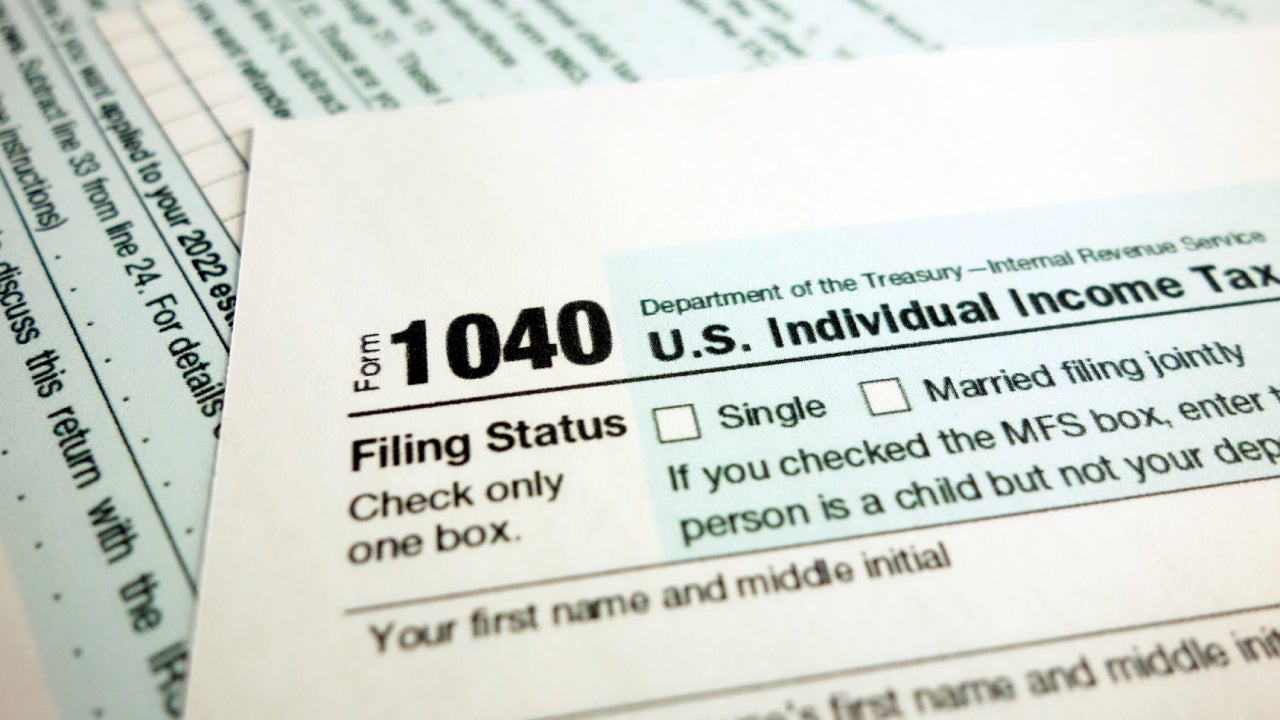Child tax credit: Who’s eligible, how to claim it, and more




The child tax credit is a valuable federal tax break for families, aimed at helping defray the costs of raising children.
Taxpayers who qualify can cut their tax bill by up to $2,000 in 2024 and in 2025, for each qualifying dependent under age 17. And some taxpayers may qualify for up to $1,700 of that to be paid out to them in a tax refund.
The current version of the child tax credit came about through the Tax Cuts and Jobs Act (TCJA) of 2017, and this provision is set to expire after 2025. That means that, starting in 2026, the child tax credit will drop back to just $1,000 and be available to far fewer people due to lower income limits. That said, Congress is currently debating plans to extend key provisions of the TCJA, so there’s a chance the $2,000 child tax credit will continue.
The child tax credit is one of a few tax breaks eligible taxpayers with dependent children can claim, but it shouldn’t be confused with the child and dependent care credit or the earned income tax credit. Plus, there’s a credit for other dependents — those that don’t qualify for the child tax credit — worth up to $500 (its name is just that: credit for other dependents).
Keep in mind that a tax credit reduces your tax bill dollar-for-dollar, unlike a tax deduction, which simply reduces how much of your income is subject to taxes.
How to qualify for the child tax credit
To qualify for the child tax credit, you must, of course, meet some specific requirements:
-
Each qualifying child must be under age 17 at the end of the tax year. For example, your child must have been 16 or younger at the end of 2024 if you want to claim the child tax credit on your 2024 tax return, which is due April 15, 2025.
-
If your modified adjusted gross income (MAGI) exceeds certain thresholds — $400,000 for married couples who file jointly and $200,000 for all other filers — your credit amount is reduced by $50 for each $1,000 of income exceeding the threshold. For most taxpayers, their MAGI for the child tax credit is the same as their AGI. (MAGI for the purposes of the child tax credit is calculated by adding these items back into your AGI: income you excluded as a resident of Puerto Rico or American Samoa, foreign earned income and housing that you excluded from your income, and the tax deduction for foreign housing.)
-
Each qualifying child must be a U.S. citizen, U.S. national or resident alien and have a valid Social Security number.
-
The child must be a legally recognized child, stepchild, foster child, sibling, half-brother or half-sister or a descendant of one of these categories (such as a grandchild, niece or nephew).
-
The child must not have provided more than half of their own financial support for the year.
-
The child must have lived with you for more than half of the year.
-
You must claim the child as a dependent on your tax return.
If you meet all the eligibility factors, including the income requirements, you can claim the full $2,000 credit per eligible dependent child for 2024 and 2025. Taxpayers with higher incomes may claim a partial credit.
For example, if you’re married and filing jointly with two qualifying dependents and your modified adjusted gross income is $350,000, then you can claim $4,000 ($2,000 per child). However, the amount you can claim is phased out if your household income, for married filing jointly taxpayers, is greater than $400,000.
How to claim the child tax credit
If you’re a parent who meets the qualifications, you can claim the child tax credit by filling out Schedule 8812.
Completing that form will help you figure out how much of the child tax credit you can claim, including any refundable portion that’s known as the additional child tax credit. The IRS has step-by-step instructions on how to fill out Schedule 8812.
Or you can consult with a tax preparer to determine if you’re eligible for the child tax credit based on your adjusted gross income and filing status. Alternatively, most reputable tax software services will calculate your eligibility for the child tax credit and the refundable additional child tax credit. Here are five tips to find the best tax preparer for you.
Need expert guidance when it comes to managing your money?
Bankrate’s AdvisorMatch can connect you to a CFP® professional to help you achieve your financial goals.
The additional child tax credit: How it works
The refundable portion of the child tax credit — worth up to $1,700 of the $2,000 child tax credit — is often called the additional child tax credit.
If you break even on your taxes — that is, you don’t owe any money — then the child tax credit can’t help you. However, you may qualify to claim the additional child tax credit.
This portion of the child tax credit allows you to receive up to $1,700 per qualifying child (for tax years 2024 and 2025) as a refund — even after your tax bill is reduced to zero.
The additional child tax credit is calculated at 15 percent for every dollar of earned income starting at $2,500. Again, filling out Schedule 8812 can help you calculate the amount of your refundable child tax credit.
The IRS generally distributes refunds that include the earned income tax credit and additional child tax credit in late February.
The child tax credit after 2025
The current version of the child tax credit, put in place by the Tax Cuts and Jobs Act of 2017, is set to expire at the end of 2025.
Unless lawmakers take action, starting in tax year 2026, the child tax credit will revert to being worth up to $1,000 per eligible child, from the current $2,000 amount, and the credit will phase out at a modified adjusted gross income of $110,000 for married couples filing jointly and $75,000 for all other filers.
Also, the additional child tax credit will be worth up to $1,000, down from the current $1,700, and will be calculated at 15 percent of earned income starting at $3,000, rather than the current $2,500.
But many experts say it’s likely Congress will extend key TCJA tax provisions, including the child tax credit.
State child tax credits
In addition to the federal child tax credit, 16 states also offer a child tax credit, according to the National Conference of State Legislatures: Arizona, California, Colorado, Idaho, Illinois, Maine, Maryland, Massachusetts, Minnesota, New Jersey, New Mexico, New York, Oklahoma, Oregon, Utah, and Vermont.
And 12 of those 16 states made their child tax credit refundable: California, Colorado, Illinois, Maine, Maryland, Massachusetts, Minnesota, New Jersey, New Mexico, New York, Oregon, and Vermont.
Eligibility and benefits vary, so check with your state tax website for details.





